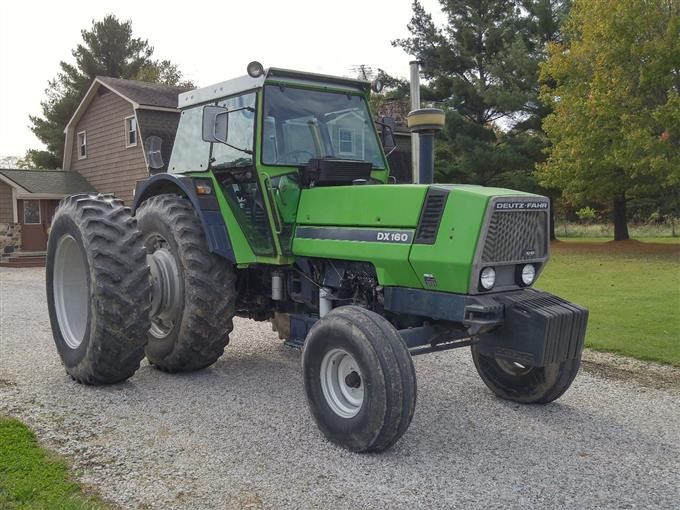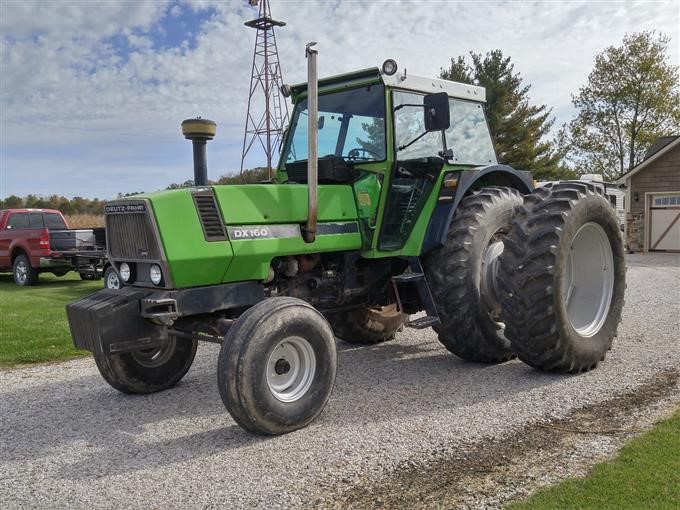

At the end of the war, 74% of the Cologne production sites had been destroyed. The considerable damage of the war caused production to stop during the winter of 1944–1945.

In 1937/1938 Klöckner was acquired and the company was renamed KHD: Klöckner – Humboldt – DEUTZ AG, one of Germany's largest groups, covering all sectors of the engine industry: cars, lorries, trains, ships, aircraft and tractors. In 1936 the lorry manufacturer Fahrzeugfabrik C.D. The tractor was then manufactured with an air-cooled engine up until 1959. The tractor was decisive in promoting the mechanisation of small farms. In 1935 the Deutz F3M 317 came into being, followed in 1936 by the "people's tractor", the F1M414, with single-cylinder, water-cooled, 11 hp engine – the first mini-tractor worldwide to be mass-produced. In 1930 Motorenfabrik Deutz AG merged with Maschinenbauanstalt Humboldt AG, founded in 1856, and Motorenfabrik Oberursel AF, founded in 1892, merged with Humboldt-Deutz Motoren AG.Īs from 1934, the Deutz F2M 315 was produced. In 1927 Deutz built its first road tractor with a compressor-less diesel engine, in Cologne, the 14 hp Deutz MTH 222 with two forward gears and one reverse gear. In 1921 a consortium was founded with Motorenfabrik Oberursel AG and the company name was changed to Deutz AG.
#Dx 160 tractor manual#
3,400 manual workers and 700 office staff were employed at the company. Up to this date, engines had been produced for an overall hp of 90,000. In 1914 the Company celebrated its 50th anniversary.

In 1907 the mass production of diesel engines began at GFD.įrom 1907–1912, under the management of the Italian-born Ettore Bugatti, some car models were built in Cologne. In 1894 production of self-propelled machines with Otto engines and tractors got underway in Philadelphia (USA). This electrical ignition system was acquired by Robert Bosch for his business. In 1884 Otto developed ignition with a low voltage magnet. In 1876 Nicolaus August Otto completed the "four stroke" internal combustion engine, for all types of fuel the use of engines began to spread worldwide, starting from Cologne. In 1872 the factory was expanded and the joint-stock company Gasmotoren-Fabrik Deutz AG (GFD) was founded. Langen won a gold medal at the Exposition Universelle of Paris, for the most economical powered machine for light industry. In 1867 the "atmospheric gas engine" developed by N.A. in Cologne, the first engine factory in the world, which became Klockner-Humboldt-Deutz AG in 1938. In 1864 Nicolaus August Otto and Eugen Langen founded N. Three models compound the line-up: FX 80, FX 100 and FX 120.
#Dx 160 tractor series#
In the past 1970's, in Argentina, La Cantábrica launch the FX series of Fahr.



 0 kommentar(er)
0 kommentar(er)
